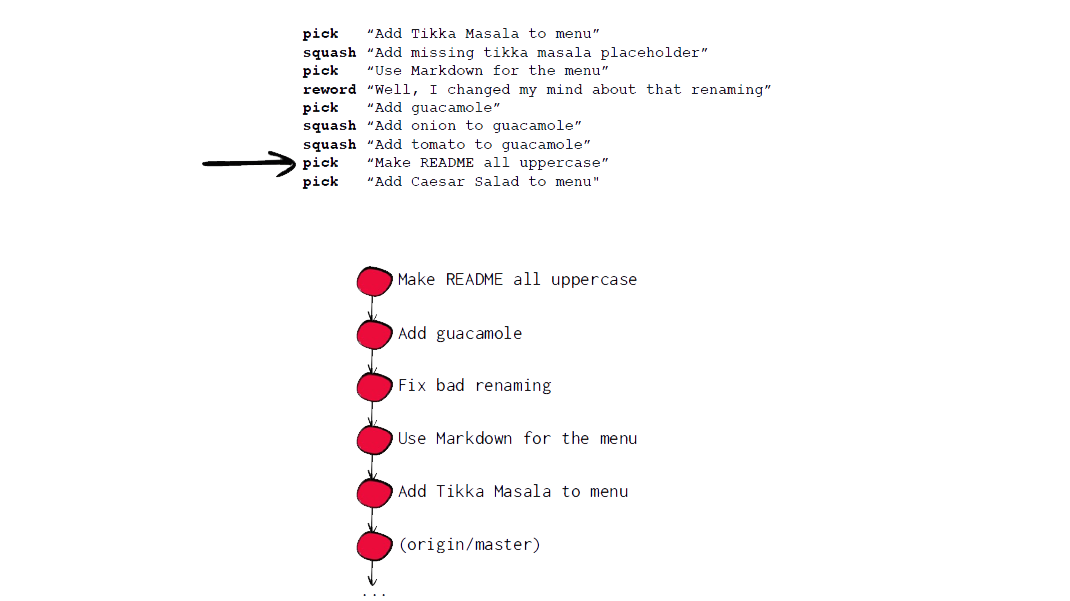
So RubyMine whines that it cant find git, and git (in the form of GitHub for Windows) sits there blithely ignoring RubyMine. However, it does not seem to have installed anything like a git.exe for RubyMine to pick up and work with.

I installed it, and it seems like a nice interface. Here we have changed something on line 74 and need to redo the whole file again. GitHub has just released GitHub for Windows.
#RUBYMINE GIT BITBUCKET PATCH#
If you disrupt the formatting of a file you will get an error in the following format error: corrupt patch at line 74 Your edited hunk does not apply. It is worth noting that any edits to the file should be done after the merge and not within the hunks themselves. removed line removed line (being kept) Accidental Changes
#RUBYMINE GIT BITBUCKET CODE#
If we do not wish to have a line of code removed, we need to replace the - sign with a whitespace character ' '. + added change #+ ignored add change Skipping a Code Retraction Anything prefixed with a # will not be merged into the file. If the updated file contains a line of code we do not wish to merge, we need to prefix the + sign with a # comment character. If we want to keep the code that is being added, and/or removed we do not need to do anything but save the file.

The + and - signs denote that we wish to remove the line STATUS = idle and add the line STATUS = engaged to our text file.

Here the local file has its status set as ‘idle’ when the updated version has it as ‘engaged’. For example, our files may have had the following change: # this file only contains a staus - STATUS = idle + STATUS = engaged Here we get the same segment of code displayed, but with an option to edit sections of it. So, if anything is still confusing, I’d encourage you to re-read this article and dig into the documentation linked above, as well as try out the examples and everything else you find for yourself.By default, the editor that will be opened is vim. Nota bene: It’s easy to just copy and paste random bits of code that you find on Google to quickly fix the error, but generally speaking it’s much more useful to understand the underlying concepts so that you don’t have to keep Googling the same commands over and over again. For further reading, you can find formal documentation on the `git remote` command here.

ConclusionĪs I mentioned at the beginning of this article, we broke down the concept of remote repositories in Git and went over a few of the most common commands that you’ll need to understand in order to use them properly. And again - the solution is to use `git remote set-url` instead of `git remote add`. Since “origin” is such a common convention, there’s a good chance that any repository you clone already has a remote configured with this name, because remotes are included when a repository is cloned.Ĭloning a repository and trying to add your own remote server to “origin” without realizing that that name is already in use is a very common way this error is caused. At first glance it’s not obvious whether “origin” is part of the `git remote` command or just a parameter, a misconception that is further supported by the wording of the Git error: it’s not obvious that “origin” is a parameter, and not a part of the failing command.Īnd yes, this means that the error thrown at the top of the article could just as easily read “fatal: remote cheese already exists.” Remote “origin” might've been configured if you cloned the repo It’s frustrating, because this convention is actually the primary source of remote naming errors. It’s worth noting that using “origin” for the name of your default remote repository is simply a convention - you could name your default remote “cheese” for all the difference it would make. “origin” is a convention, not a part of the `git remote` command


 0 kommentar(er)
0 kommentar(er)
